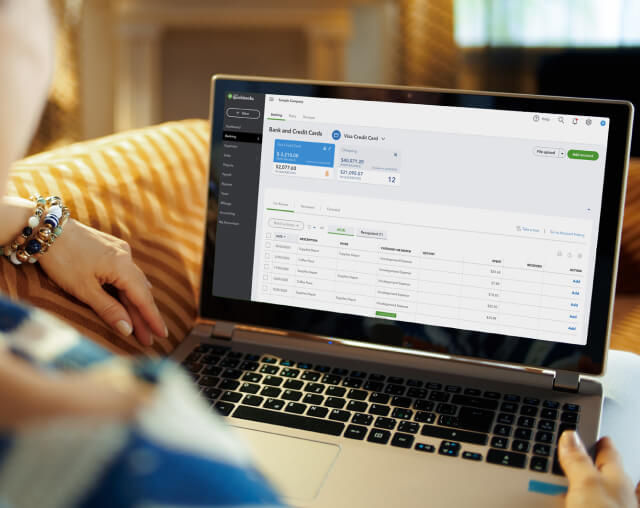Expert tips for using SAP Business One and Quickbooks together to streamline your accounting process
- quickbooksrepair00
- Mar 28, 2023
- 3 min read

SAP Business One and Quickbooks are two of the most popular accounting software solutions available in the market today. Both of these tools offer a range of features and benefits to businesses of all sizes, and when used together, they can help streamline your accounting processes and improve your overall business operations. In this article, we'll discuss expert tips for using SAP Business One and Quickbooks together to streamline your accounting processes.
Tip #1: Understand the Benefits of Using SAP Business One and Quickbooks Together
The first step to streamlining your accounting processes using SAP Business One and Quickbooks is to understand the benefits of using these two tools together. SAP Business One is a comprehensive ERP solution that offers a range of features for businesses, including financial management, inventory management, and production planning. Quickbooks, on the other hand, is a powerful accounting software that offers a range of features for managing your finances, including invoicing, expense tracking, and financial reporting.
When you use SAP Business One and Quickbooks together, you can leverage the strengths of each tool to improve your accounting processes. For example, you can use SAP Business One for financial management and inventory management, while using Quickbooks for invoicing and financial reporting.
Tip #2: Integrate SAP Business One and Quickbooks
To effectively use SAP Business One and Quickbooks together, you need to integrate these two tools. Integrating the two tools can help you streamline your accounting processes by automating tasks and eliminating the need for manual data entry. There are several ways to integrate SAP Business One and Quickbooks, including using a third-party integration tool or using a custom integration developed by a software developer.
Tip #3: Define Your Accounting Processes
To effectively streamline your accounting processes using SAP Business One and Quickbooks, you need to define your accounting processes. This involves identifying the different accounting tasks you need to perform, such as invoicing, expense tracking, and financial reporting, and mapping out the steps involved in each process.
Once you have defined your accounting processes, you can use SAP Business One and Quickbooks to automate these tasks and reduce the time and effort required to complete them. For example, you can use SAP Business One to manage your inventory and automatically generate invoices in Quickbooks based on inventory levels.
Tip #4: Train Your Staff
To effectively use SAP Business One and Quickbooks together, you need to ensure that your staff is trained on how to use these tools. This involves providing your staff with the necessary training and resources to effectively use these tools, as well as providing ongoing support and guidance as needed.
By training your staff on how to use SAP Business One and Quickbooks, you can ensure that they are using these tools effectively and efficiently, which can help improve your overall accounting processes.
Tip #5: Monitor Your Progress
To ensure that your accounting processes are streamlined effectively using SAP Business One and Quickbooks, you need to monitor your progress regularly. This involves tracking your key performance indicators, such as the time and effort required to complete accounting tasks, and identifying areas for improvement.
By monitoring your progress, you can identify any issues or bottlenecks in your accounting processes and take steps to address them. This can help you improve your accounting processes over time and ensure that you are getting the most out of your investment in SAP Business One and Quickbooks.
Conclusion
SAP Business One and Quickbooks are powerful accounting software solutions that can help streamline your accounting processes when used together. By understanding the benefits of using these two tools together, integrating them effectively, defining your accounting processes, training your staff, and monitoring your progress, you can improve your accounting processes and improve your overall business operations. With these expert tips, you can leverage the strengths of SAP Business One and Quickbooks to achieve your accounting goals and drive your business forward.



Comments